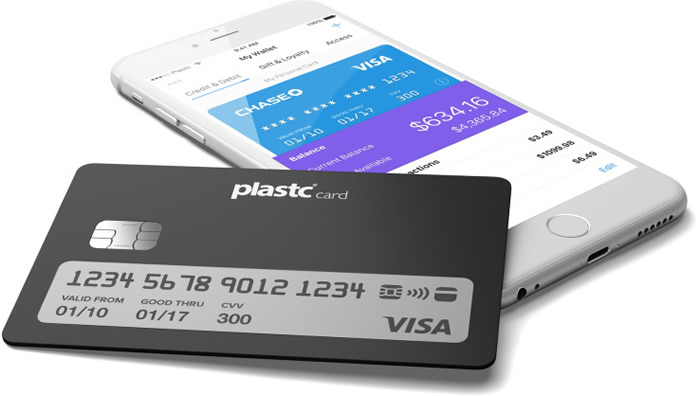
Today there are plenty of technologies with “smart” as part of their title – Smart TVs, smartphones and smart cars, to name a few. But not everything with “smart” in their name is a smashing success. Case in point, the smart card. It looks like the concept of a smart card or a “card full of cards” is totally dead – before it even hit the marketplace.
Startups is Risky Business
Business startups are risky, especially those in the high-tech industry. It’s survival of the fittest. Normally you have to be one step ahead of your competitor, but in technology you have to be five steps ahead of the competition, since it moves at such a rapid pace. Blackberry is the perfect example of this. At one time the smartphone maker had over 50 percent of the share of the smartphone market. Today it has less than one percent market share.
Another casualty of the rapidly changing technology industry is Plastc. The smart card died in development without seeing the light of day. Plastc was a smart card that was supposed to be able to store information from up to 20 cards, including credit, debit, loyalty and even gift cards, conveniently on one card-like device.
Plastc had to wave the white flag when it failed to securing financing to move forward with product development, ceasing operations on April 20, 2017. The company is currently looking at its bankruptcy options. Since it’s no longer in operation, if you pre-ordered the device, I regret to inform you that you’re out of luck. You won’t be receiving the device in the mail for obvious reasons. Backers are out some $9 million (US)!
Mobile Wallets Beat Smart Cards to the Punch
Unfortunately, for Plastc, it appears that the smart card’s time has passed before it ever got a chance. The culprit leading to the demise of smart cards are mobile wallets like Apple Pay, Android Pay and Samsung Pay. The death nail for smart cards were in late 2014 when Apple Pay was released. Although digital wallet penetration remains low, for many smart cards seemed like a needless complication.
Digital wallets have another major advantage over smart cards – they’re free. Plastc may not have ever been released, but if it had, the device and an 18-month subscription would have cost $180, followed by shelling of $50 each year thereafter as an ongoing subscription.
Plastc wasn’t the only company coming out with smart cards. How does the future look for other smart card companies? Not bright (more like cloudy with a chance of severe thunderstorms). Plastc’s major advantage over other smart cards was its large touchscreen, biometrics and the ability to unlock the device with a secure PIN and review your card balances and that still wasn’t good enough for it to compete with mobile wallets.
Smart card companies are still in existence, but on life support. Another smart card company, Case, was acquired by Fitbit in 2016 before its services were abruptly discontinued (some way to thank loyal early adopters). Although Swyp is still around, it isn’t accepting orders and hasn’t posted anything on social media since 2016 (are the developers are busy at work or is the product dead – we’re willing to bet the latter). Startos seems to be the most hopeful of the bunch, although it hasn’t started shipping new smart cards yet.
The Bottom Line
The idea of a smart card was interesting, but with technology moving at a breakneck pace, it appears that they’ve missed their opening. That being said, with mobile wallets not yet widespread, there’s still an opportunity for a smart card to disrupt mobile wallets if it offers some distinct advantage (although that remains to be seen).




